Everyone knows the Silver Arrows from Auto Union, the legendary racing cars from the 1930s Grand Prix. But what almost no one knows is that a sports version, approved for road use, with a 16-cylinder engine, was also planned for these pioneering racing vehicles: the Auto Union Type 52.
However, despite being conceived over 90 years ago, it was only now that Audi Tradition built the model known as the “Schnellsportwagen,” a sports car designed for the roads that was first presented to the public at the last edition of the Goodwood Festival of Speed in mid-July in the United Kingdom.
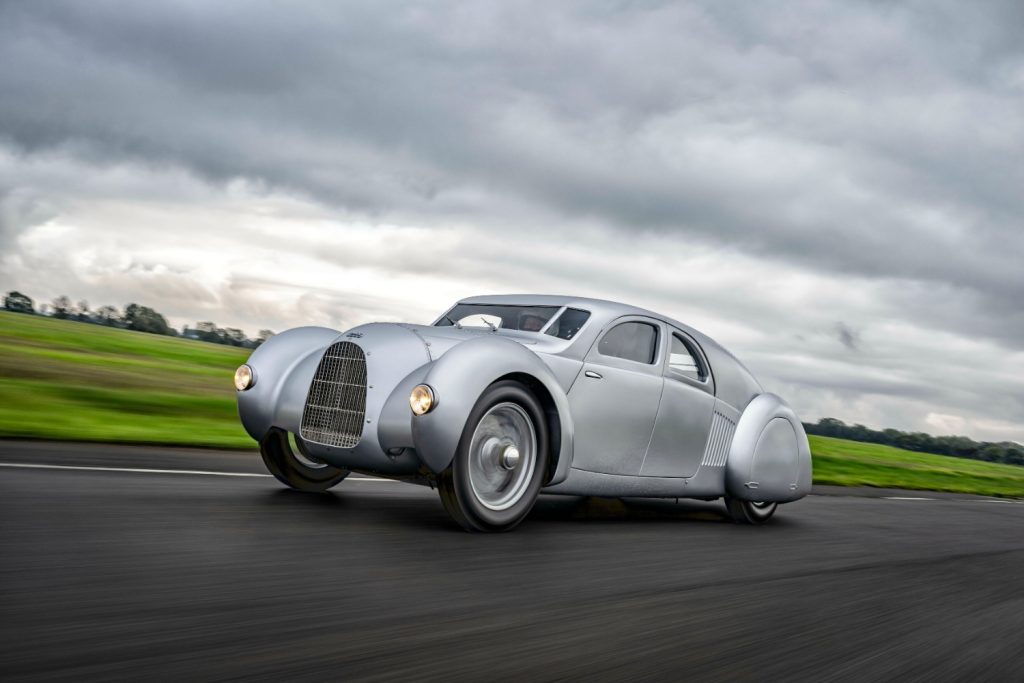
The Auto Union Type 52, as the project came to be known, was intended to be sold to customers for long-distance racing, such as the Mille Miglia, or in sports car competitions, such as endurance races in Spa-Francorchamps or Le Mans. There was also talk of the possibility of the model being a factory racing car.
Already in late 1933, the Porsche design office developed the first design sketches, which took on a more concrete form in 1934. The project leaders decided to build a test vehicle – but as far as we know today, this never materialized. The project was abandoned in 1935 and its trace was lost in the archives of Audi and Porsche. But the creators left a lot of innovative work recorded on paper. It was based on the technology of the Grand Prix racing car that was developed at the same time: The chassis of the Auto Union Type 52 was designed as a ladder frame with a mid-mounted engine. The power unit of the Auto Union Type 22 was used, but the compression of the powerful 16-cylinder engine was reduced to allow the car to run on regular gasoline. At the same time, the engineers reduced the supercharger Roots transmission ratio.
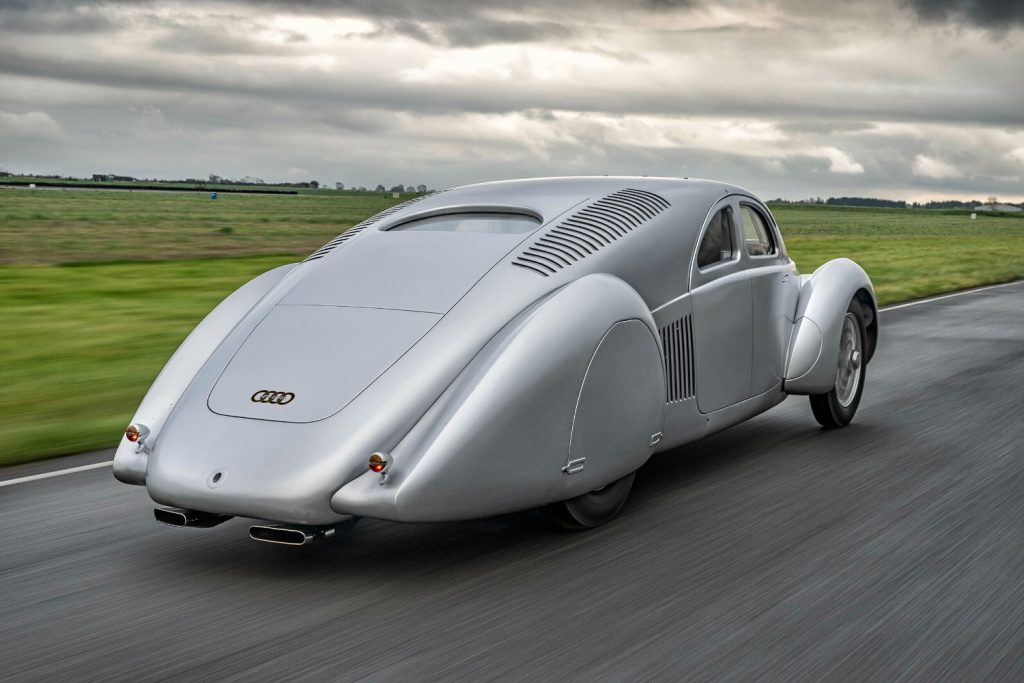
The engine of the Auto Union Type 52 was supposed to deliver about 200 hp from a 4.4-liter displacement at 3,650 rpm. Its maximum torque of 436 Nm was reached just above 2000 rpm. Compared to the legendary Grand Prix model, the power was reduced, but the excellent performance allowed it to reach, as calculated by the engineers, about 200 km/h, which shows that the Schnellsportwagen would have lived up to its name. At the time, it would have been one of the most powerful road vehicles aimed at sports competitions – a true “Schnellsportwagen”.
Audi commissioned Crosthwaite & Gardner to build the Auto Union Type 52 based on archival documents, plans, and design sketches. The British restoration experts also curated the Silver Arrows for Audi’s collection of historic vehicles and, after several years of work, completed the construction of the Schnellsportwagen in 2023.

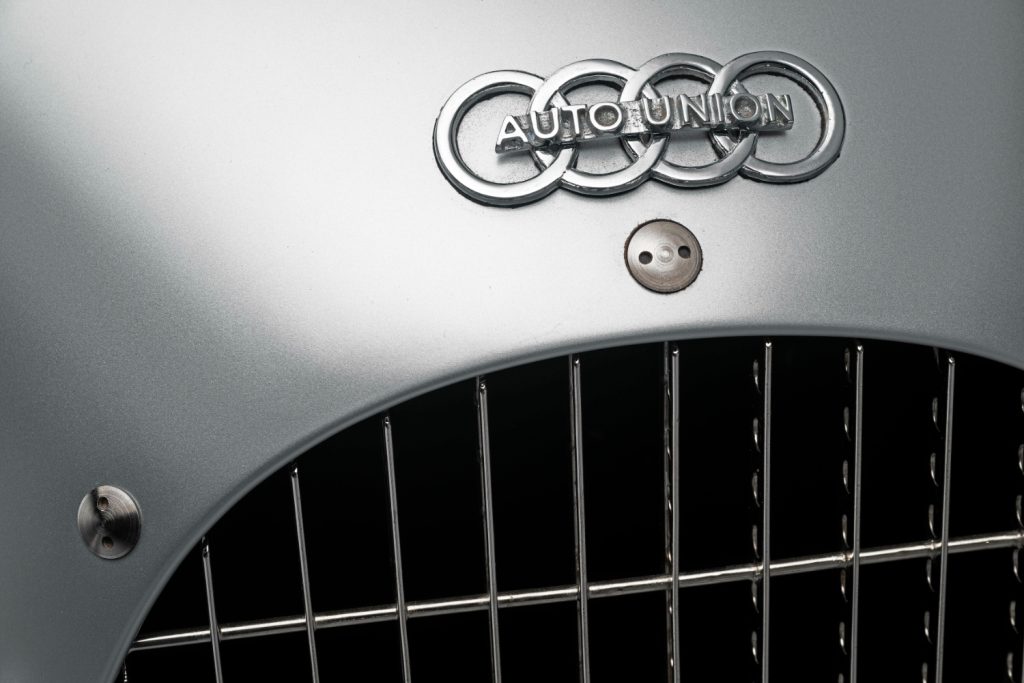
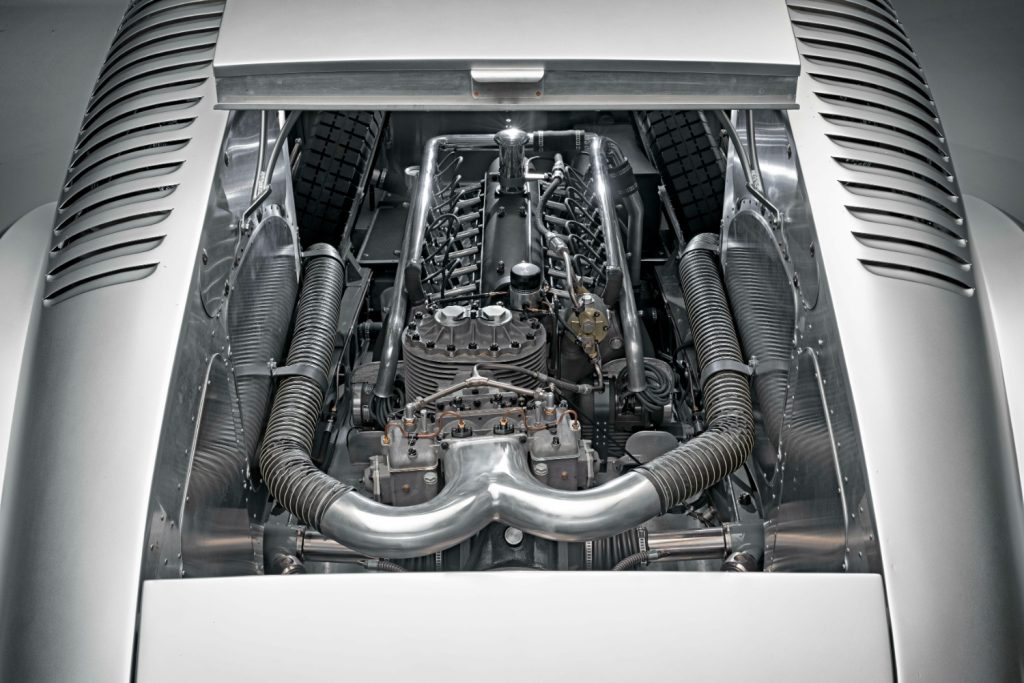
While the engine, transmission, and 5-speed gearbox were inherited from the model aimed at Grand Prix, the engineers opted for different technical solutions for the suspension and damping. Instead of a combination of transverse springs and friction dampers like in the Auto Union Type 22, the Type 52 uses a suspension of longitudinal torsion springs in combination with hydraulic dampers. During development, the 29-gallon fuel tank was moved under the seats. In the Grand Prix racing vehicle, the significantly larger tank is located directly behind the driver, at the vehicle’s center of gravity, giving the Silver Arrows an ideal weight distribution, whether the tank is full or empty. Both the Auto Union Type 52 and Type 22 use drum brakes on all four wheels with spoked rims.
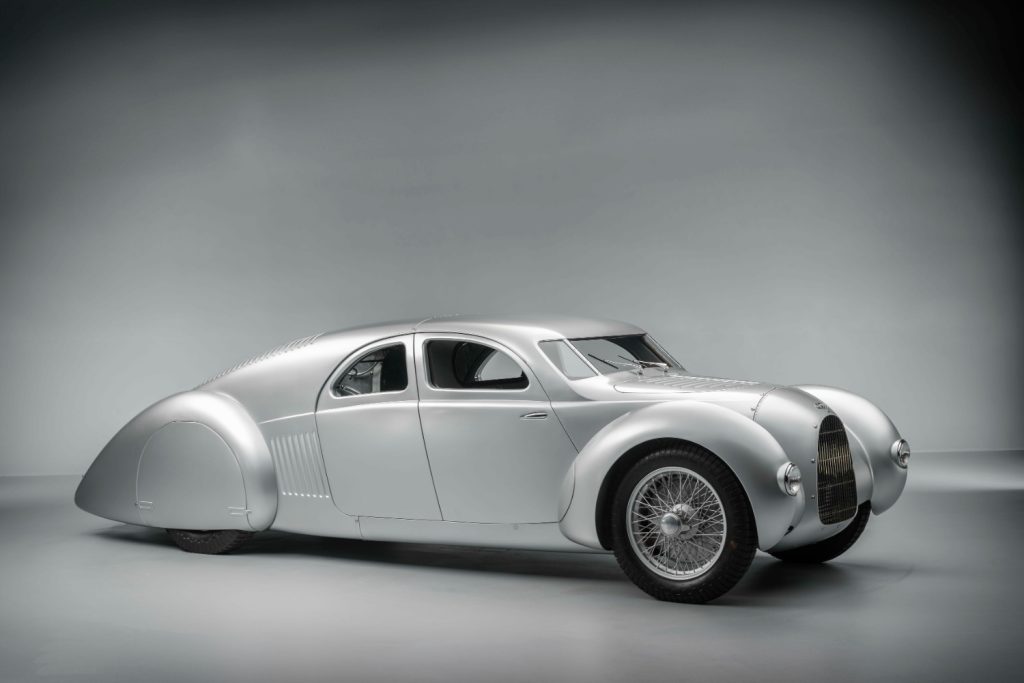
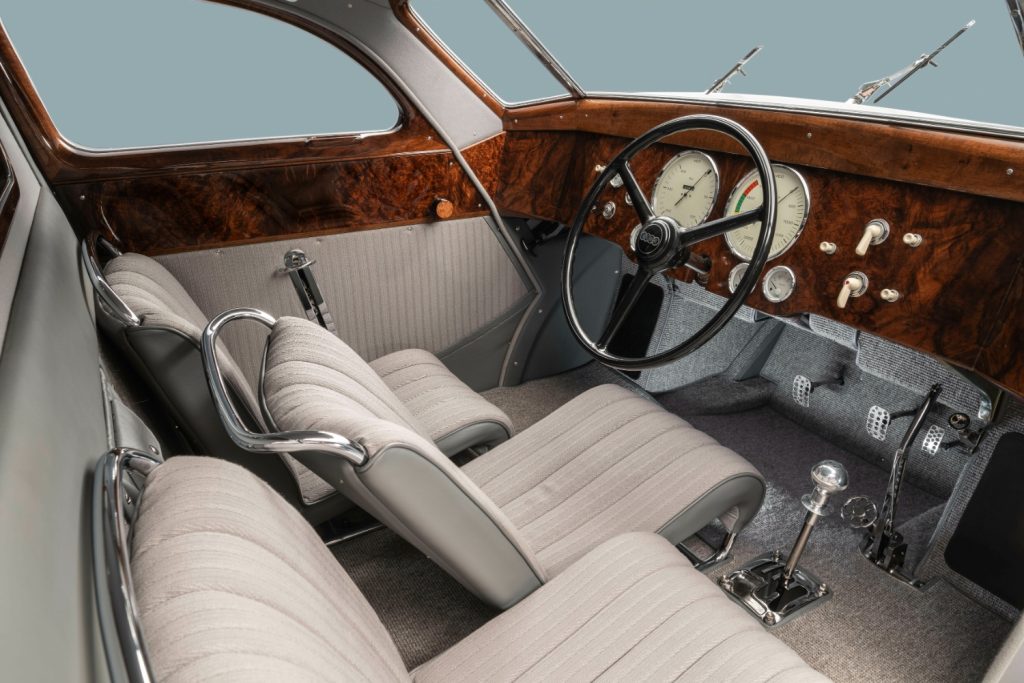
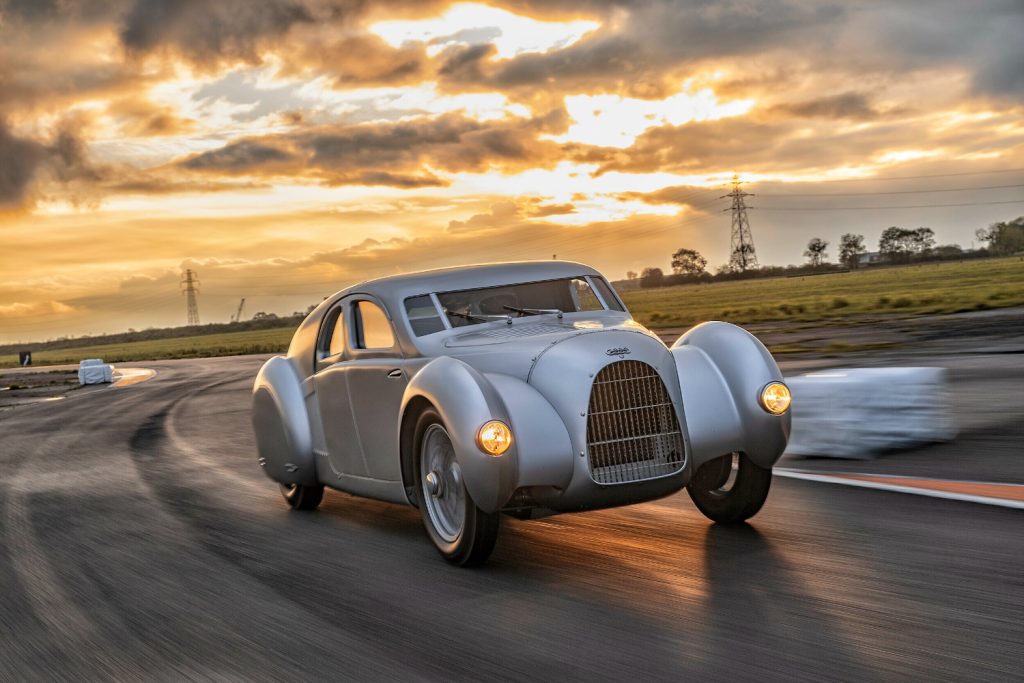
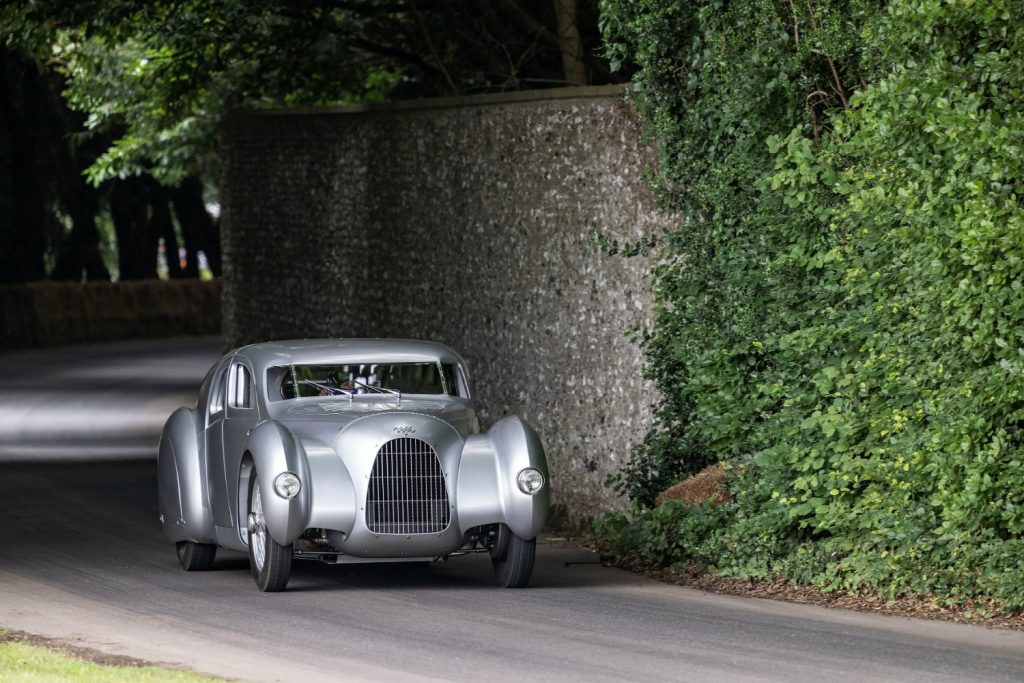
“This car excites people with its design and technology. For me, it is an absolute dream car. Unfortunately, in its time, it remained just a dream – a dream that now, 90 years later, we have managed to bring to life. The Auto Union Type 52 demonstrates the ingenuity of its creators and the technological innovation of the time. Being able to experience the Schnellsportwagen live is a great pleasure for me,” said Stefan Trauf, Director of Audi Tradition.
It should be noted that Auto Union AG was created in 1932 through the merger of Audi, DKW, Horch, and Wanderer. It quickly became a competitor in motorsport, making its new logo, the four rings, a well-known name worldwide.







